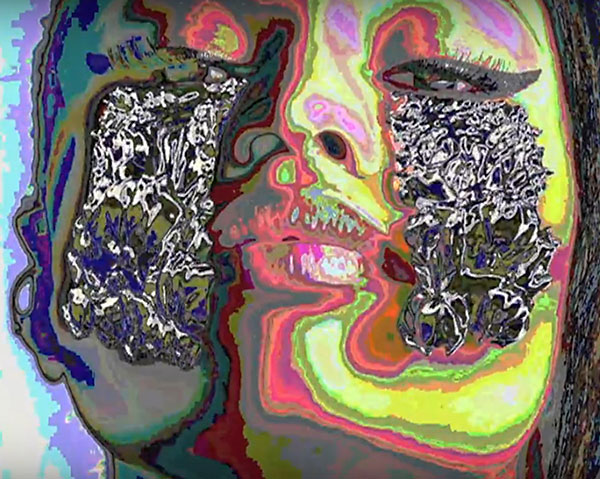Glitch Perfect: Malfunction and the Machinic Assemblage of Girlhood
Courtnie N. Wolfgang
Virginia Commonwealth University
Olga Ivashkevish
University of South Carolina
OK Keyes
Virginia Commonwealth University
This short experimental article, which can be accessed at http://www.press.uillinois.edu/journals/var/media/43.1/wolfgang/Glitch_Perfect.html, introduces a concept of Glitch Feminism as a digital tool of creative resistance that disrupts a normative gendered identity and fabricated female body in the 21st century digital cultures (Russell, 2012, 2013). It showcases video work by adolescent girls in a juvenile arbitration program who used glitch effects to "break" music video clips by popular female artists and their own self-directed videos, and thereby render female bodies on screen as ambiguous, flawed, and indistinguishable. This action of glitching challenged the surveillance and fetishization of female bodies in the social media and popular digital cultures, and allowed girl participants to play with self-representations outside of the institutional labels of "law offenders" and girls "in trouble." To better represent the complex entanglements and intersections of theory and the girls' digital productions we use the interactive storytelling format of Twine (https://twinery.org), linking text and still and moving images in a nonlinear fashion, and prompting the reader to continuously move back and forth between the conceptual ideas and visual representations to embrace incompleteness, ambiguity, and inquiry.
|
| |
 |
Figure 1. A still frame from Glitch Perfect film. Used with artists' permission. |
|
|
|
References
Delueze, G. & Guattari, F. (1987). A thousand plateaus: Capitalism and schizophrenia. Minneapolis: The University of Minnesota Press.
Dobson, A. S. (2016). Postfeminist digital cultures: Femininity, social media, and self representations. New York: Palgrave Macmillan.
Halberstam, J. (2011). The queer art of failure. Durham, NC: Duke University Press.
Kearney, M. C. (2009). Coalescing: The development of Girls' Studies. NWSA Journal, 21(1), 1–28.
Morris, M. W. (2015). Pushout: The criminalization of Black girls in schools. New York: The New Press.
Russell, L. (2012). Digital dualism and the glitch feminism manifesto. Retrieved on from https://thesocietypages.org/cyborgology/2012/12/10/digitaldualism-and-the-glitch-feminism-manifesto/
Russell, L. (2013). Elsewhere, after the flood: Glitch feminism and the genesis of the glitch body politic. Retrieved from http://rhizome.org/editorial/2013/mar/12/glitch-body-politic/

